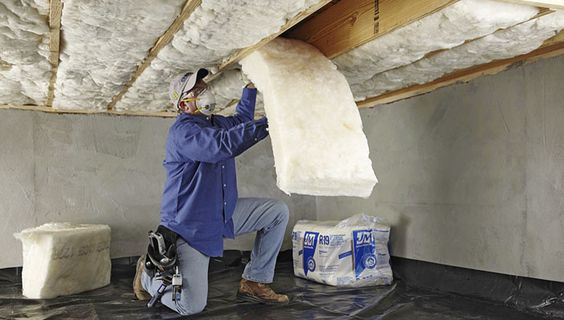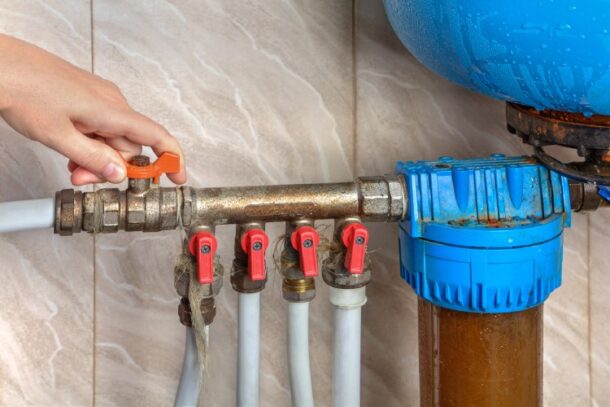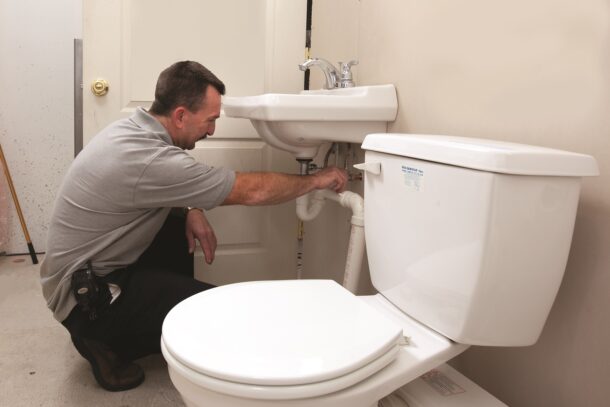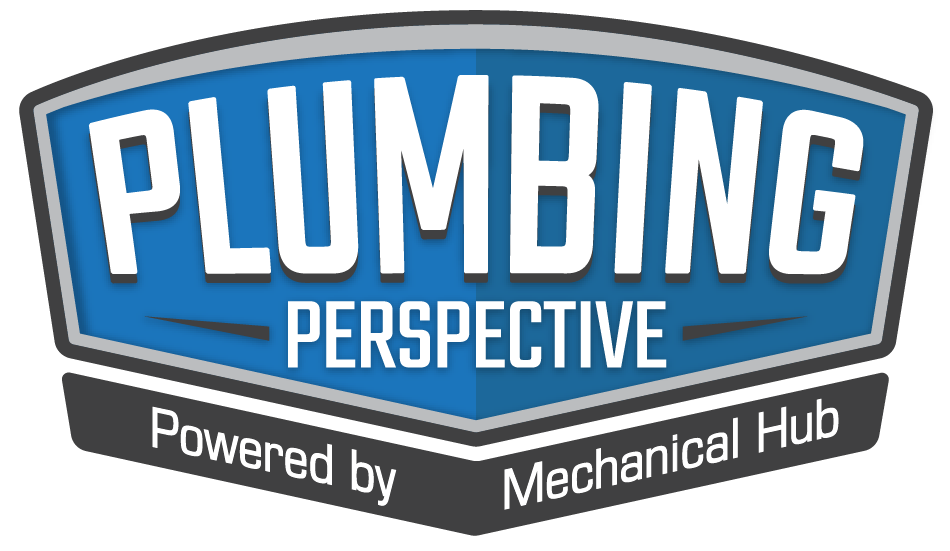As the world progresses, so does our technology. This is also true in construction, where new methods of building homes have been developed that can save time and money. One such method is accelerated home building, which has many benefits over traditional construction methods. Accelerated home building is a process that involves prefabricating certain parts Read more
Whats New

As the world progresses, so does our technology. This is also true in construction, where new methods of building homes have been developed that can save time and money. One such method is accelerated home building, which has many benefits over traditional construction methods. Accelerated home building is a process that involves prefabricating certain parts of the home off-site and then assembling them on-site. This can shave weeks or even months off the construction timeline and save money on labor costs.
There are many reasons to choose accelerated home building over traditional home construction. The following are just a few reasons:
-
Speed of Construction
One of the biggest advantages of prefabricated homes is the speed of construction. Because the houses are built in a factory setting, the construction process is much faster than traditional on-site construction. This can be a massive advantage for contractors working on a tight timeline.
-
Quality Control
Another advantage of accelerated home building is the quality control built into the construction process. Check https://agorus.com/ and learn more about the quality measures in place. The quality of the construction is much higher than traditional on-site construction because the homes are built in a controlled environment. This can lead to fewer problems and delays during the construction process.

-
Cost Savings
Prefabricated homes can also be an excellent option for contractors looking to save money on construction costs. Because the homes are built in a factory setting, the cost of materials and labor is often lower than that of traditional on-site construction. This can lead to significant savings for contractors.
-
Flexibility
Accelerated home building is also very flexible when it comes to design. Because the homes are built in a factory, they can be easily customized to meet the contractor’s specific needs. This can be a great advantage for contractors who want to build a unique home.
-
Energy Efficiency
Another benefit of accelerated home construction is that the homes are frequently more energy efficient than traditional on-site construction. Because the houses are built in a controlled environment, the construction process often uses less energy. This can lead to lower energy bills for the contractor and the homeowner.
-
Less Waste
Prefabricated homes also tend to generate less construction waste than traditional on-site construction. Because the houses are built in a factory, the construction process often produces less waste. This can lead to a cleaner construction site and less environmental impact.
-
Better for the environment
Accelerated home building is better for the environment than traditional on-site construction. Because the homes are built in a factory, they often use less energy and produce less waste. This can lead to a minor environmental impact for the contractor and the homeowner.
-
Better for the community
Prefabricated homes are also often better for the community than traditional on-site construction. Because the houses are built in a factory, they often create jobs for the community. This can lead to a more robust local economy and a better quality of life for the community.
-
Better for the future
As opposed to conventional on-site construction, prefabricated housing is more sustainable. Because the homes are manufactured, they often use less energy and generate less waste. This results in a cleaner environment and a higher standard of living for future generations.
There are a few things to remember when considering an accelerated home-building process. First, it is important to find a reputable builder with experience with this construction type. Second, the home buyer should be prepared to be more involved in the construction process, as there will be fewer opportunities for the builder to make changes.
If you are a contractor, consider using accelerated home-building methods for your next project. Your clients will be happy with the shorter construction timeline, and you will save money on labor costs. In addition, you will be able to offer a higher quality product than if you used traditional construction methods.

Crawl spaces are often overlooked when cleaning and maintaining our homes. We focus on keeping the visible areas of our homes clean, but the crawl space is just as important. Failing to keep the crawl space clean can lead to serious problems, such as mold and water damage. Taking care of your crawl space will Read more
Crawl spaces are often overlooked when cleaning and maintaining our homes. We focus on keeping the visible areas of our homes clean, but the crawl space is just as important. Failing to keep the crawl space clean can lead to serious problems, such as mold and water damage. Taking care of your crawl space will not only protect your belongings and home, but it can also save you money in the long run.

Preventing Crawl Space Damage
Crawl spaces are often ignored when it comes to home maintenance, but keeping this area of your home in good condition is important for preventing damage from pests. Termites and other pests can enter your home through the crawl space, and they can do a lot of damage once they’re in. Insulating your crawl space is one way to help prevent these pests from getting in and causing damage.
So make sure you have a crawl space dehumidifier installed in yours. They will keep your home smelling fresh by removing moisture and other odors, and they’ll help to prevent mold and mildew. If you see any signs of mold or water damage, don’t wait to fix them. Just call the crawl space insulation company, and they will get that out to your home quickly.
Crawl Space Insulation Types: How To Choose?
There are a variety of different crawl space insulation types available. Understanding the different types available and how they work will help you to make an informed decision when it comes time to purchase. There are three main crawl space insulation types:
Open-cell insulation is often used in the walls, floors, and ceilings of homes. This type of insulation is typically less expensive than other types of insulation. Open-cell crawl space insulation works by trapping air within tiny pockets between its fibers. The air trapped in these pockets acts as a buffer, slowing the transfer of heat from the warm side to the cool side. The insulation’s open-cell design is ideal for use in crawl spaces because it allows the moisture that collects on the cool side of the insulation to evaporate into the atmosphere.
Closed-cell insulation is often placed under the subfloor of a home. This type of insulation is typically more expensive than other types because it is made from more material. Closed-cell crawl space insulation works by trapping air within tiny pockets between two pieces of plastic. The type of insulation used in a crawl space depends on the climate.
In warmer climates, fiberglass insulation is typically used because it is inexpensive and easy to install. In colder climates, closed-cell insulation is often preferred because it does not trap moisture as readily as open-cell insulation.
Reflective insulation is an effective way to prevent crawl space damage from termites and other pests. It is a material that reflects heat back into the crawl space, keeping the area cooler and preventing damage to the structure. Reflective insulation is available in a variety of sizes and thicknesses and can be installed by a professional or do-it-yourselfer.
Conclusion
Preventing crawl space damage is essential to protecting your home from these costly repairs. Some simple steps you can take to prevent damage include: sealing any cracks or openings in your foundation, keeping the area well-ventilated, and using termite-resistant materials when building or repairing your home.
By taking these preventive measures, you can keep your crawl space free of damage and help ensure your home’s long-term stability.

The construction industry is dynamic, fast-paced, and challenging. You’ll need to stay on your game to succeed as a business owner. Construction contracting generally involves working with clients to complete construction projects and sometimes as a sub-contractor helping to fill a smaller niche within a larger job. As such, you may have limited control over Read more
The construction industry is dynamic, fast-paced, and challenging. You’ll need to stay on your game to succeed as a business owner. Construction contracting generally involves working with clients to complete construction projects and sometimes as a sub-contractor helping to fill a smaller niche within a larger job.
As such, you may have limited control over the final scope of the project and how much money you stand to make. Without the right coverage in place, this could leave your business vulnerable. Contracting is a risky business, which is why contractors need protection.

1. Have the Right Insurance in Place
Contractors need to get the right insurance coverage in place before they start working on a project. Without insurance, your business will pay for damages and injuries during work. Make sure you have general liability insurance that covers your business’s operations.
If you are involved in building a new home, you’ll want construction insurance. Homeowners’ insurance will not cover any contractors working on your property. If you own heavy equipment, get the proper insurance for it.
You should also have workers’ compensation insurance and surety bond insurance. This coverage ensures ethical business practices and compliance with building codes. You’ll want to find an insurance company that specializes in contractor insurance.
2. Stay Current on Training and Education
You should seek out training and education opportunities that will help you to improve your business. Don’t just focus on traditional education, but also on staying up to date on the latest technology and best practices.
You can do this by joining industry trade associations. These associations will help you stay connected with other contractors and the latest information; you should also consider taking classes and attending workshops. There are many training and education opportunities available to help build your skills.
Check with your state’s licensing board to see if they offer any training programs. Training and education opportunities can help you improve your time management skills, paperwork processes, and client communication skills.
3. Run a Background Check on Potential Employees
Workers play a critical role in the success of your contracting business. You must maintain a safe work environment; it starts with hiring the best possible employees. You can screen potential employees by conducting a background check.
It will help you gauge an applicant’s character and potential risk to your business. It can also help you avoid hiring somebody who has questionable work history. Make sure to conduct thorough and accurate background checks.
Background check services are available to help you with this process. Also, talk to your insurance company about any coverage they offer for hiring employees. Some insurance companies will provide coverage against negligent hiring.
4. Maintain a Strong Payment System
Contractors rely on getting paid for their work. A strong payment system is essential to keeping cash flowing smoothly. You should have a payment system in place before you start working on a project. Some contractors prefer a payment system that is a percentage of the project’s cost.
Other contractors prefer a fixed-price system. Before you choose a payment method, you need to consider how much experience and expertise you have working on that particular type of project. You should work with your client to establish a payment plan.
You should also create a payment plan that is realistic for your business. Take into account how much work is left to be completed, any costs involved in the project, your employees’ time, and other expenses.
5. Utilize Technology to Stay Protected
Protecting your data, equipment and employees goes beyond a strong payment system. Contractors can use technology to stay protected. Make sure to have a data backup system that protects your information during a disaster.
Modern contracting involves technology, so make sure all your hardware and software are up to date. It includes computers, software, cell phones, and other devices used in your business.
It will help decrease frustration and provide a better experience for your clients. Also, using technology in construction has made it much easier for contractors to stay in contact with their clients.
Conclusion
Much has changed in the construction industry over the years. Technology, insurance, and training are just a few examples. Fortunately, all of these changes have the same underlying theme; better protection for all parties involved. As a contractor, it is important to stay protected and keep up-to-date on industry trends to ensure the longevity of your business.

One of the most frequent issues with domestic plumbing is inadequate water pressure, regardless of whether you use city water or well water. Old pipes and insufficient well water flow are two factors that may contribute to a decline in water pressure in residence. Several solutions exist depending on the issue’s root, but a constant Read more
One of the most frequent issues with domestic plumbing is inadequate water pressure, regardless of whether you use city water or well water. Old pipes and insufficient well water flow are two factors that may contribute to a decline in water pressure in residence. Several solutions exist depending on the issue’s root, but a constant pressure system well can increase your water pressure to the desired levels.
Let’s examine in greater detail what a constant pressure system for wells is and how it might benefit you.
What Is A Constant Pressure System?
A constant pressure system is a device that helps increase the pressure of the water where you install it. A constant pressure system needs a pressure tank, a pump, and a pressure switch or sensor, just like a standard pump system. The pressure sensor notifies the pump control panel when there is a change in system pressure. The pump is then instructed to operate at a pace necessary to maintain optimal pressure and volume by a controller. Depending on the particular system, the pressure setting can be changed at either the pressure sensor or the motor controller.

Conventional Water System Vs. Constant Pressure System
In contrast to a conventional system, the pressure tank in a constant pressure system is often significantly smaller. It only holds a tiny amount of water and primarily serves as a pressure buffer. Similar to those in a submersible system, the pumps utilized here are constant-pressure. The distinction is that the pump’s motor operates at varying speeds based on water demand. A variable frequency motor controller regulates the speed of the motor.
How Can A Constant Pressure System Help You
A constant pressure system can help you in the following ways:
It Will Help You Save Space, Energy, And Money
Considering the space you have in your home, and these tanks can be made to any size, you may save a ton of room in your home by using constant-pressure water systems, which require significantly smaller tanks than conventional systems. You will only occupy more space than necessary in this approach.
A system with constant pressure will aid in energy conservation. Powering your home’s appliances requires less energy since it enables them to operate more effectively.
Additionally, the speed of the pump is determined by the water demand in your home, so it will operate more efficiently during months when you use less water than usual. You may experience a decrease in your energy costs, and as a result, saving you money.
It Can Be Useful In Times Of High Water Demand
When the level of water and pressure in the reservoir drop, a typical well pump will replenish the tank with water. When you turn on a faucet, run a load of laundry, flush a toilet, or shower, the pressure in your tank will decrease.
Your water pressure will decrease if you attempt to do more than one of these simultaneously with a regular pump.
The water level in your tank is kept constant by constant-pressure water systems. This will prevent pressure drops when using many water appliances at once. But you don’t have to worry about these issues, owing to the constant pressure water system.
It Creates An Efficient System
Constant pressure water systems will make your systems, particularly your water treatment system, operate more effectively. For water treatment systems, low water pressure is a significant barrier.
For them to function correctly, water softening or filtering systems need a particular amount of pressure. Water systems with constant pressure control the pressure at all times, assuring that it is adequate for these filters to function effectively.
Conclusion
Robust and reliable water pressure is crucial for everyday household activities and tasks. Your appliances will function as efficiently as ever with constant-pressure water systems, as you’ll always have high-quality water pressure.

Transitioning from working for an employer to starting your own business is a big decision. It should be made with seriousness, as there are a lot of factors to consider. But if you’re passionate about plumbing and ready to be your own boss, then starting your own plumbing business may be the right move for Read more
Transitioning from working for an employer to starting your own business is a big decision. It should be made with seriousness, as there are a lot of factors to consider. But if you’re passionate about plumbing and ready to be your own boss, then starting your own plumbing business may be the right move for you. Here’s what you need to know to transition from employee to entrepreneur.

Do Your Market Research
The first step in starting any business is to do your market research. This is especially important for a plumbing business, as you need to ensure enough demand for your services in your area. Talk to other plumbers in your area to see how busy they are and what areas of town they service. You can also talk to potential customers to see if they would be interested in using your services. This market research will give you a good idea of whether or not starting your own plumbing business is a viable option.
Plan Your Finances
Financial planning is crucial if you start your own business. First, you’ll need to have enough money to cover your living expenses for at least six months and the start-up costs for your business. These start-up costs can include anything from licenses and permits to office space and marketing materials. Once you clearly understand your financial situation, you can begin to create a business plan.
Choose Your Business Structure
There are several different business structures you can choose from when starting your own plumbing business, including sole proprietorship, partnership, limited liability company (LLC), and corporation. Each option has its pros and cons, so it’s essential to research and select the structure that makes the most sense for your unique business.
Get Licensed and Insured
To operate legally, all businesses must have the proper licenses and insurance. Plumbing business licenses and insurance requirements vary from state to state, so check with your local government offices for more information. Once you have the necessary permits and insurance, you’ll be ready to start marketing your business!
Offer A Unique Service
One of the best ways to make your plumbing business stand out from the competition is to offer a unique service they don’t have. This could be anything from drain cleaning to septic tank maintenance. By providing a service that other plumbers in your area don’t, you’ll be able to attract more customers and grow your business more quickly.
Market Your Business
Several ways to market a plumbing business include online marketing, print advertising, direct mail campaigns, and more. When developing your marketing strategy, focus on targeting your ideal customer base. For example, if you want to attract residential customers, then online ads targeting homeowners in your area would be an excellent place to start.
Transitioning from working for someone else to starting your own plumbing business is a big decision—but it can also be gratifying. By following these steps and doing your research ahead of time, you’ll be well on your way to making your entrepreneurial dreams a reality!
